Venus
Latest
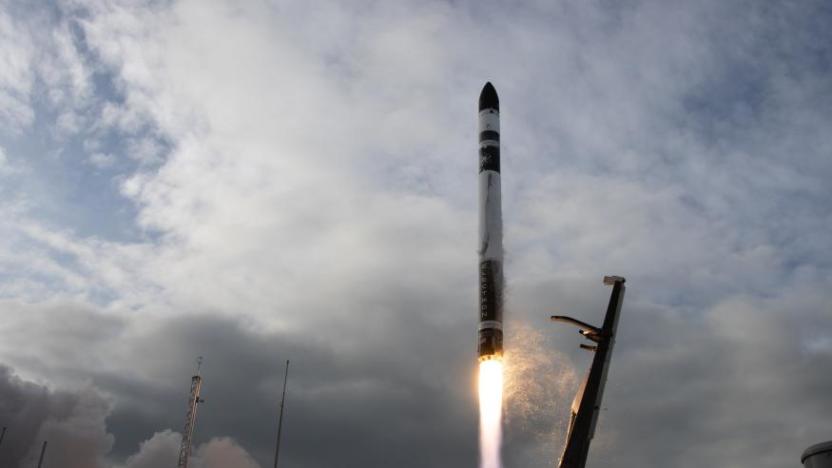
Rocket Lab delays its Venus atmospheric probe mission
Last year, Rocket Lab announced that it would embark on an ambitious mission to send a small probe to Venus to hunt for organic molecules in its atmosphere.
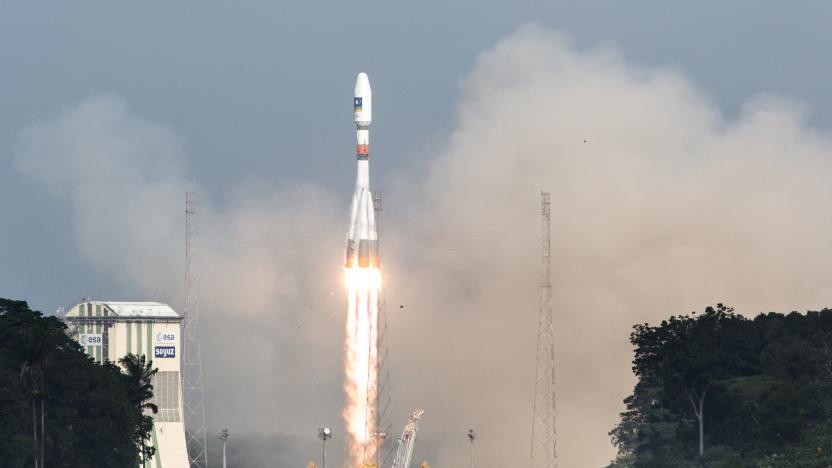
Russia withdraws from European spaceport in response to sanctions
Russia is dropping out of a European spaceport after being sanctioned over its invasion of Ukraine.
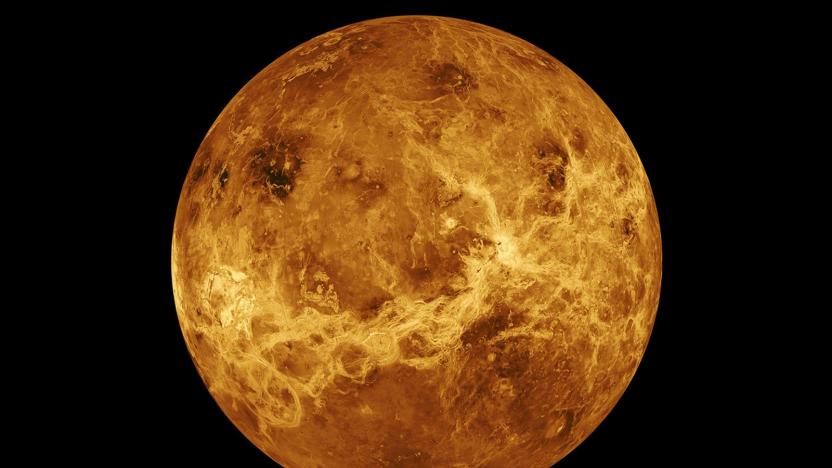
NASA will send two missions to Venus by 2030
NASA is returning to Venus for the first time since the 1990s.
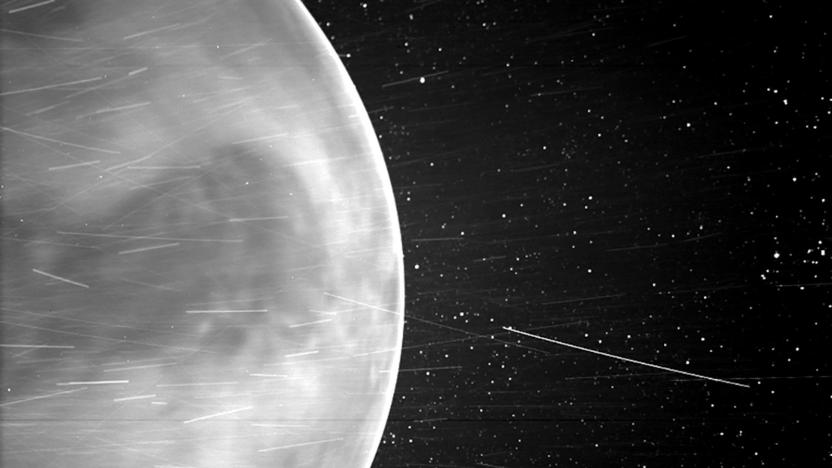
NASA's Parker Solar Probe detected natural radio emissions from Venus
NASA's Parker Solar Probe detected natural radio emissions from Venus, offering new insights into the planet's atmosphere.

Solar Orbiter probe makes its first Venus flyby
The ESA-NASA Solar Orbiter probe has made its first flight past Venus, collecting valuable data in the process.
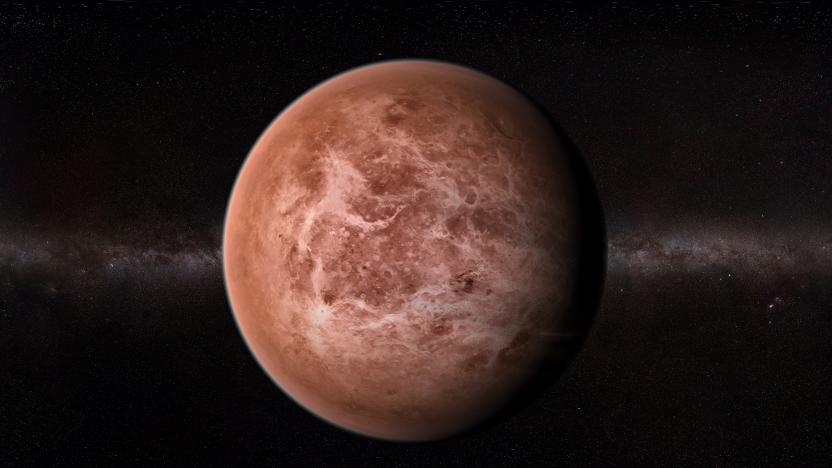
Astronomers detect possible signs of life in Venus's atmosphere
Some astronomers believe phosphine detected on Venus was produced by living microorganisms.
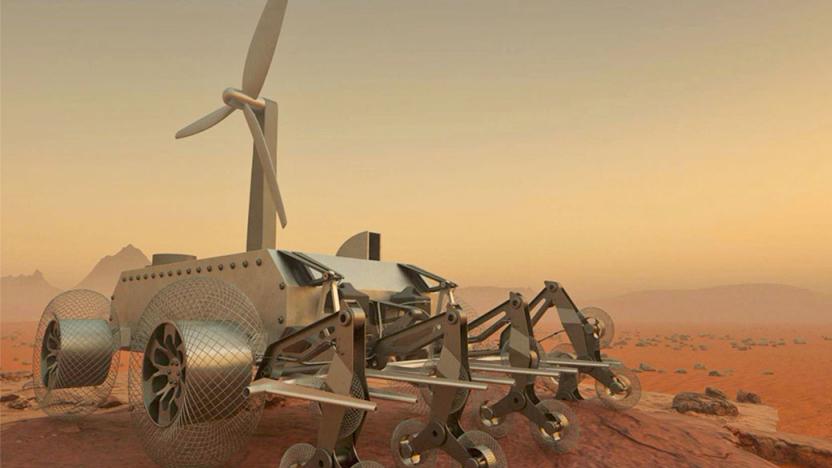
Designers help a rover navigate the crushing furnace of Venus
Venus is closer to Earth than Mars, but because it’s hellhole that’s unforgiving to rovers, we still don’t know much about its surface. NASA and JPL recently launched a heroX design contest for mechanical sensors that would help its AREE (automaton rover for extreme environments) rover detect and avoid rough terrain. It recently picked the winner, and said it received such an “incredible” response from the community that it added two finalists and 10 honorable mention entries.

NASA is crowdsourcing a sensor that can survive Venus
Venus is hostile to just about everything, including probes -- and while NASA thinks it has Venus-resistant electronics, that doesn't mean future rovers are ready to touch down on the planet's hellish surface. To that end, NASA wants your help. It's teaming with HeroX on a crowdsourced competition to develop an obstacle avoidance sensor that could survive on the Venus-bound AREE explorer. A total of $30,000 in prizes will go to the top three sensors that can navigate rough terrain while withstanding the extreme temperatures (over 800F) and pressure (92 times that of Earth) of the planet.

NASA gives four projects $3 million to develop potential space missions
NASA has announced four projects as part of its Discovery Program, which sees the space agency asking scientists to pitch focused, relatively low-cost missions for it to take on and develop into full-fledged missions. "Although they're not official missions yet and some ultimately may not be chosen to move forward, the selections focus on compelling targets and science that are not covered by NASA's active missions or recent selections," NASA writes on its website.
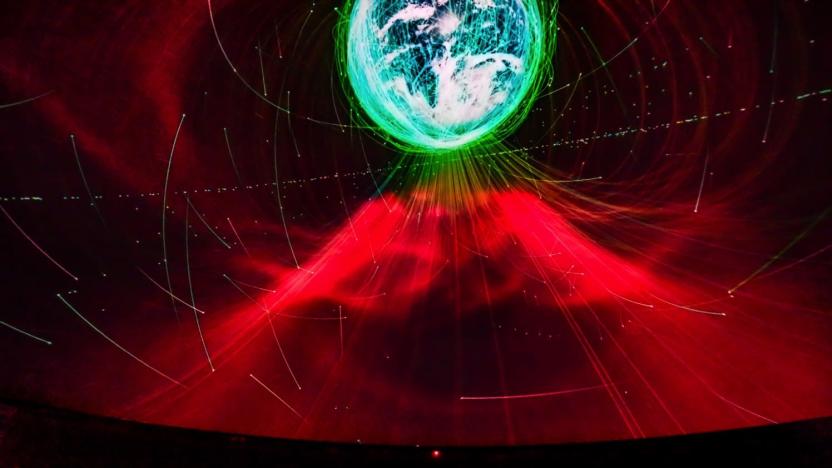
The Hayden Planetarium’s new show celebrates unmanned space probes
The astronomy I learned as a kid was pretty limited — the Earth revolves around the Sun and, of course, the whole "My Very Energetic Mother Just Served Us Nine Pizzas" thing. Of course, that expression no longer applies because our understanding of the solar system is a lot more nuanced these days. Not just because we're adults now, but because the entire field has been revolutionized by probes, plumbing the depths of distant bodies and returning that data to us over decades. That deeper understanding of our solar system is at the heart of the American Museum of Natural History's new space show, Worlds Beyond Earth, but its unsung hero is the technology that made it possible.
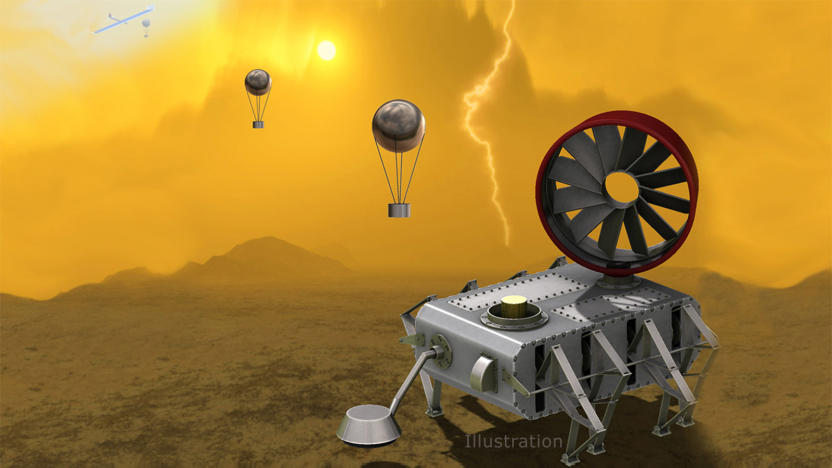
NASA goes Steampunk for its future Venus probes
NASA knows better than any of us that what seems normal today was once science fiction. So, it isn't afraid to bet some cash on some fanciful space projects via the NASA Innovative Advanced Concepts (NIAC) symposium. This year, the agency looked at projects it calls "little more than ideas," including a Venus probe inspired by famed Dutch artist Theo Jansen, the creator of wind-powered "Strandbeests."
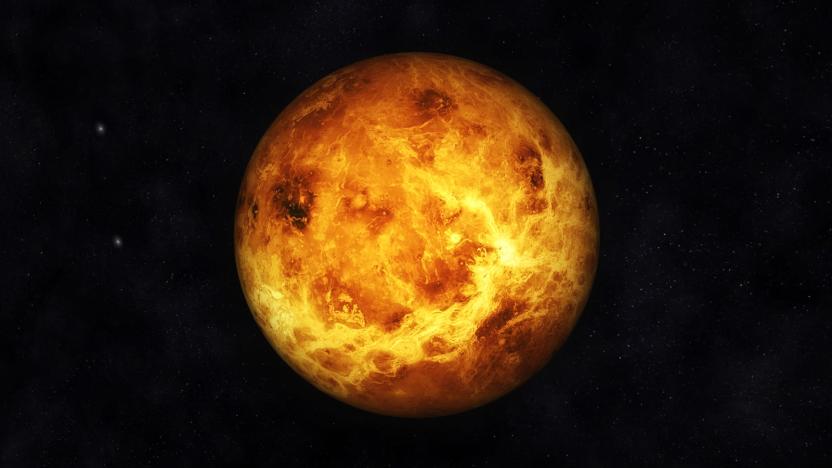
NASA figured out how to make Venus-resistant electronics
There's a reason why we're focused on colonizing Mars rather than Venus: the latter is absolutely inhospitable. Its atmosphere is 96 percent carbon dioxide and in terms of pressure, 92 times stronger than Earth's. That's not counting the fact that the planet is the hottest in our solar system. Needless to say, getting a computer to work on Venus' surface is a challenge. But NASA scientists might have cracked what it takes to keep electronics functioning on the sulfuric planet.

Gravity wave ripples across Venus' hellish atmosphere
It took the Japanese atmospheric probe Akatsuki a while, but once it got into orbit around Venus just over a year ago, it immediately spotted a large, bow-shaped disturbance. Researchers now believe the phenomenon was a gravity wave, or atmospheric formation caused by the topography below. The feature is nearly 6,000 miles wide and remained in nearly the same spot for four days, despite scalding surface winds that whip at 250 mph. The unusual nature of the wave led the scientists to conclude that atmospheric conditions on the surface of Venus may be different than previously thought.
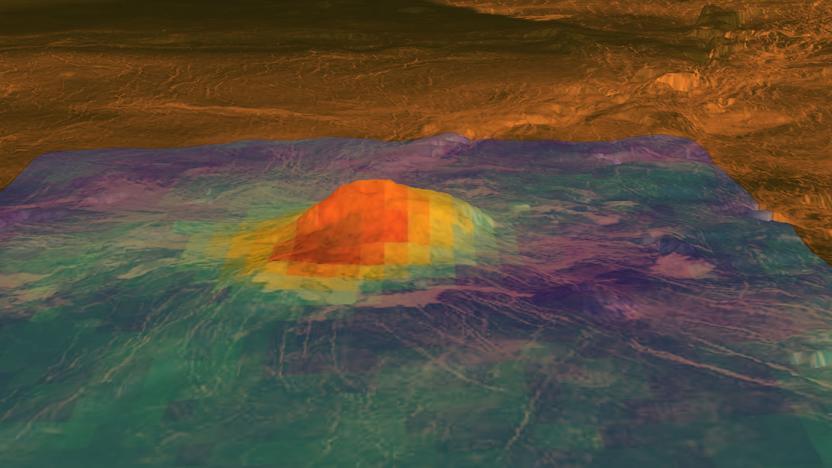
Venus might still have active volcanoes
We already know that Venus has more volcanoes than any other planet in our solar system. What we're still not sure of is whether those volcanoes are still active -- now a new study suggests that at least one of them exploded quite recently. A team of scientists led by Piero D'Incecco from the German Aerospace Center in Cologne took a closer look at Idunn Mons, a massive volcano on the planet that's around 120 miles in diameter. To put that into perspective, Mauna Loa, known as the largest active volcano on Earth, is only 75 miles across.
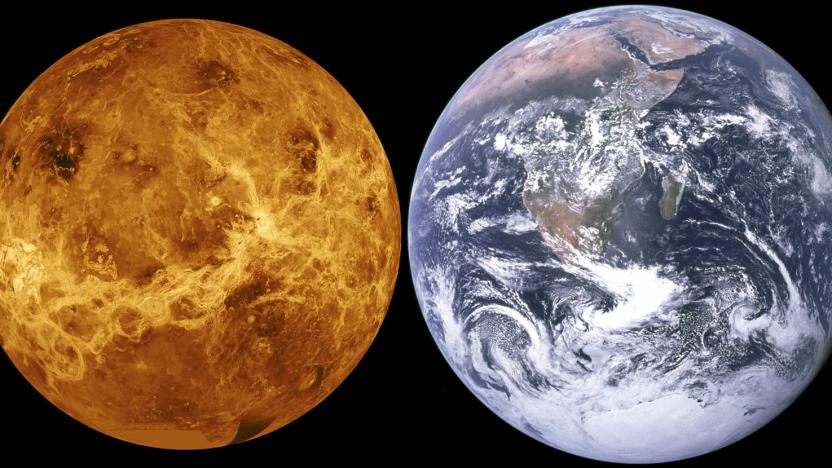
Venus may have supported life before Earth
Venus is a hellhole. Despite being much closer to Earth than Mars, its climate is off-the-charts insane, with average temperatures of 864 degrees F, crushing barometric pressure, and did I mention the volcanoes? It's hard to believe that as little as 750 million years ago, it may have had oceans of liquid water and an Earth-like, habitable climate, according to simulations from NASA Goddard Institute researchers. Those conditions may have endured for several billion years, until volcanoes transformed it into its present, hostile state.
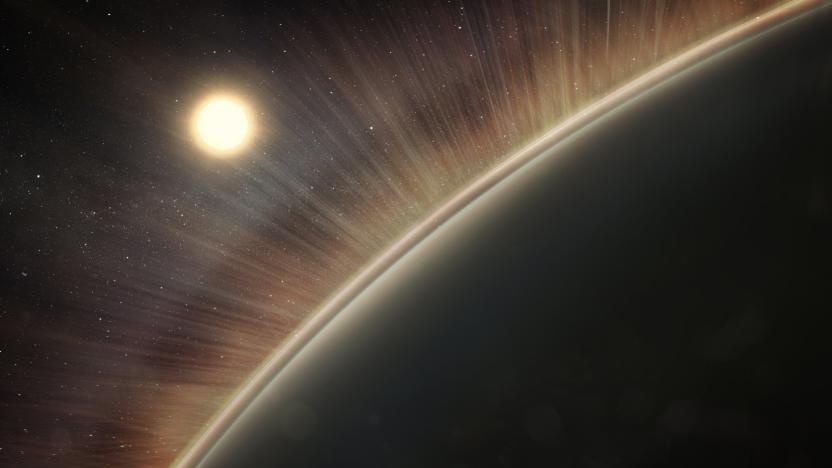
Venus' electric wind stripped its atmosphere of water
Venus is even less forgiving than scientists thought. NASA researchers have discovered that the planet has an electrical field so massive (five times larger than Earth's) that it creates a wind strong enough to strip the atmosphere of water. It's a one-two punch: the sunlight breaks the water down into hydrogen and oxygen ions, while the electric wind speeds up those ions to the point that they can escape Venus' gravity. NASA isn't certain why the field is so large, but they suspect that Venus' proximity to the Sun (and the resulting bright ultraviolet light) might play a role.
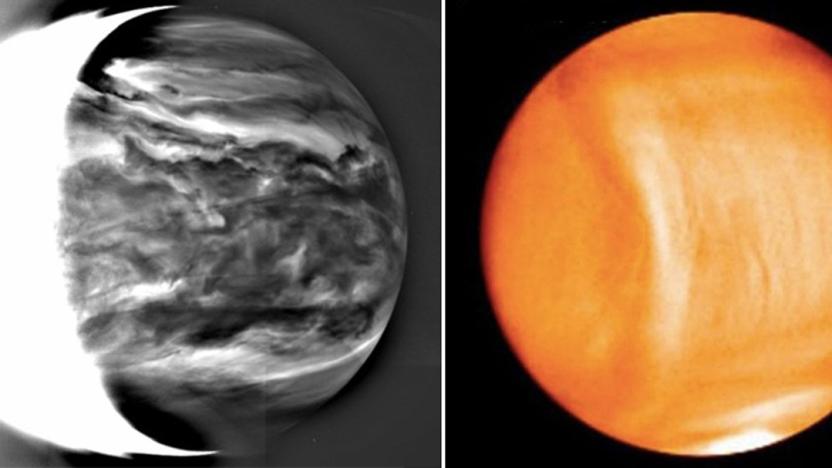
Venus probe's first detailed results reveal strange clouds
Japan's Akatsuki spacecraft almost didn't make it into orbit around Venus, but it's clear that the effort to put it back on track is paying off. The Japan Aerospace Exploration Agency recently obtained the first detailed scientific results from its once-wayward probe, and it's clear that we still have a lot to learn about our closest planetary cousin. For one thing, its clouds don't entirely behave the way researches expect. Infrared images of its dense, multi-layer cloud layers suggest that cloud formation is more complex than once thought, and the unusual bow-shaped cloud formation (shown at right) appears to rotate in sync with the surface, not the atmosphere. It's possible that features on the ground are having a strong effect on the sky.

Japan's Akatsuki probe successfully makes it into Venus' orbit
After five years of orbiting the sun, Japan Aerospace Exploration Agency's (JAXA's) Akatsuki probe has finally reached the destination it was gunning for from the start. JAXA has confirmed that the spacecraft has been successfully inserted into Venus' orbit, flying in the same direction as the planet's rotation. Akatsuki's first attempt in 2010 ended in failure, because its engines fired for less than three minutes, which wasn't enought to inject it into the Morning and Evening star's orbit. It had to be placed into hibernation mode to prolong its lifespan until JAXA had the chance to make another attempt a few days ago.

Japan's Venus probe is about to take another shot
Japan tried and failed to get its Akatsuki ("Dawn") probe into Venus' orbit back in 2010, and the spacecraft has been stuck orbiting the Sun ever since. However, the team is about to get another chance at completing its intended mission. Controllers plan to fire the ship's engines on December 7th at 9AM Japan time (December 6th 7PM ET), hopefully giving it just enough of a push to (eventually) get it circling around Venus. They'll know whether or not the burn worked properly within a few hours, but it'll take a few days before they know if they're in orbit.Update: The attempt is happening in just a few minutes, for live updates you can watch a stream of the data and control center, or follow Emily Lakdwalla on Twitter.

NASA reveals potential low-cost missions for the Discovery program
NASA has announced the five new project concepts it's considering for the Discovery program, which focuses on low-cost space missions. It's the same program we have to thank for the Dawn spacecraft that recently captured a sunlit Ceres, the Messenger probe that crashed into Mercury after it ran out of power in April and the Mars InSight lander that's currently heading for the red planet. Two of those five concepts want to take a closer look at the second planet from the sun: the first one is called Deep Atmosphere Venus Investigation of Noble gases, Chemistry and Imaging or DAVINCI. Its spacecraft will study the chemical composition of Venus' atmosphere during its descent and will investigate whether there are still active volcanoes on the planet.






